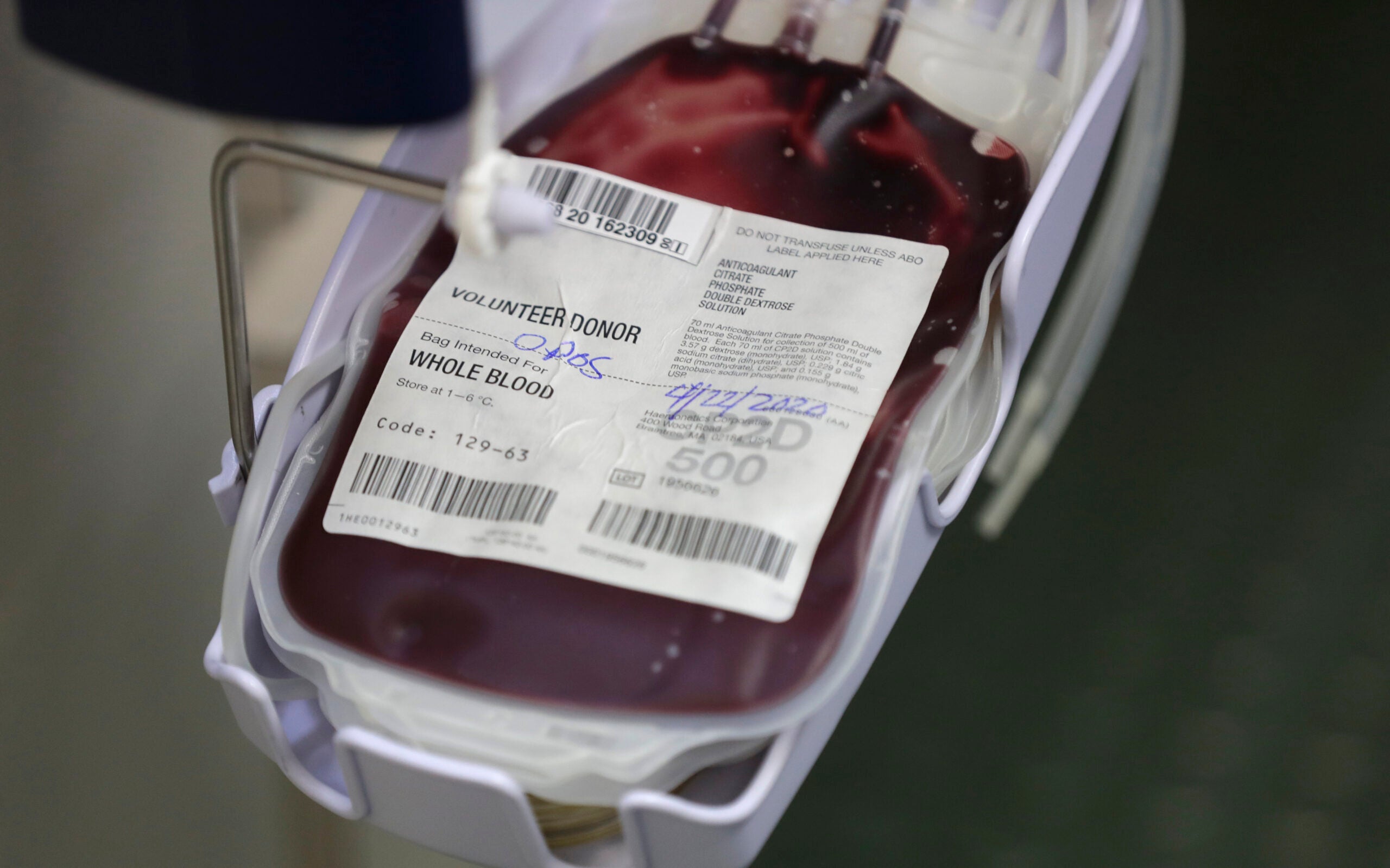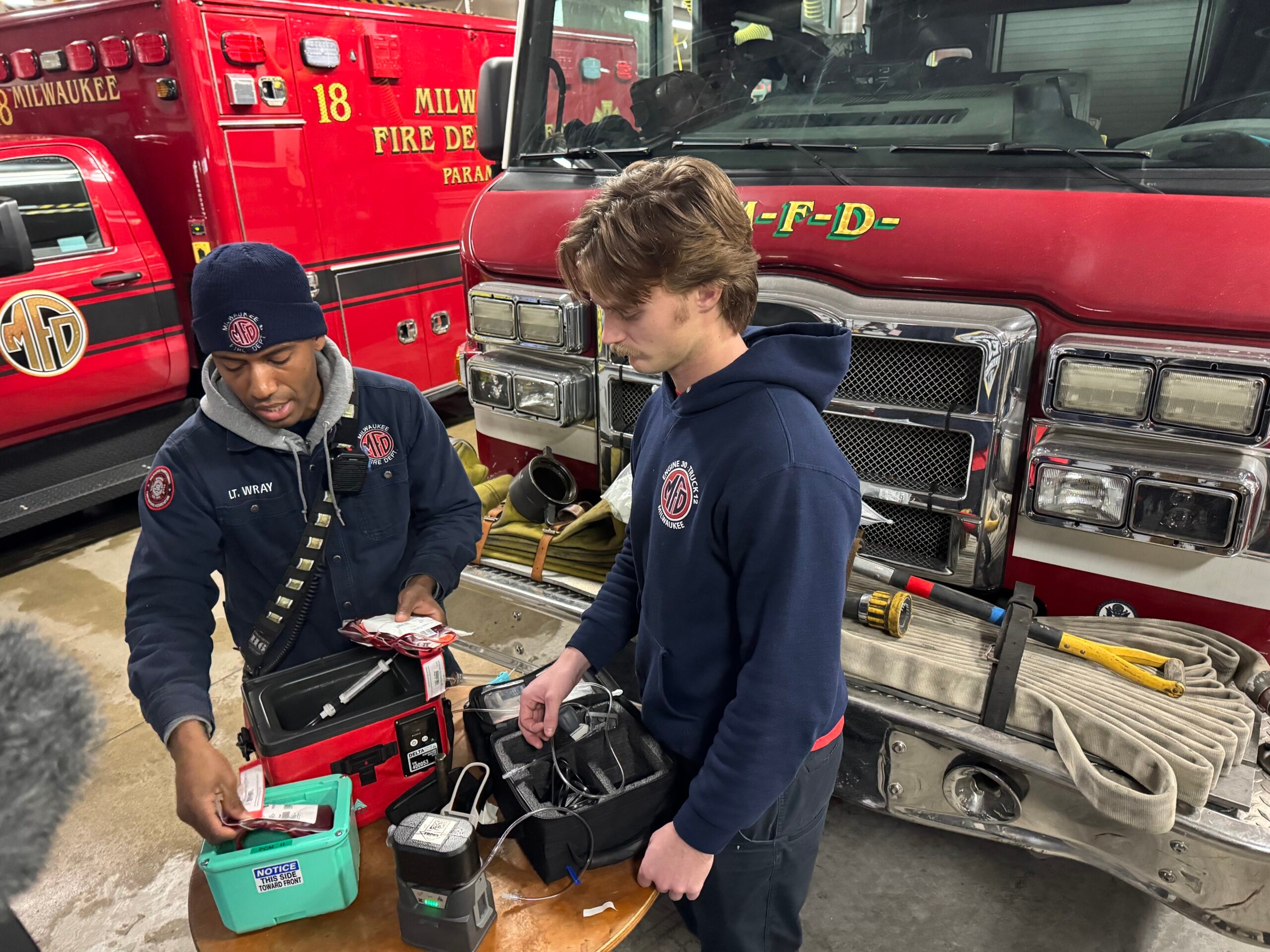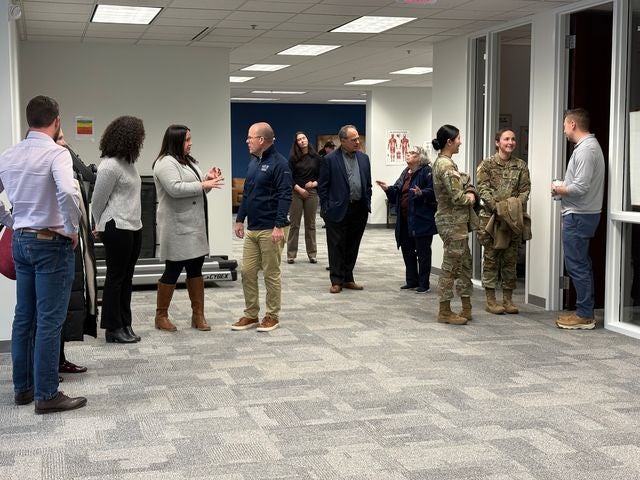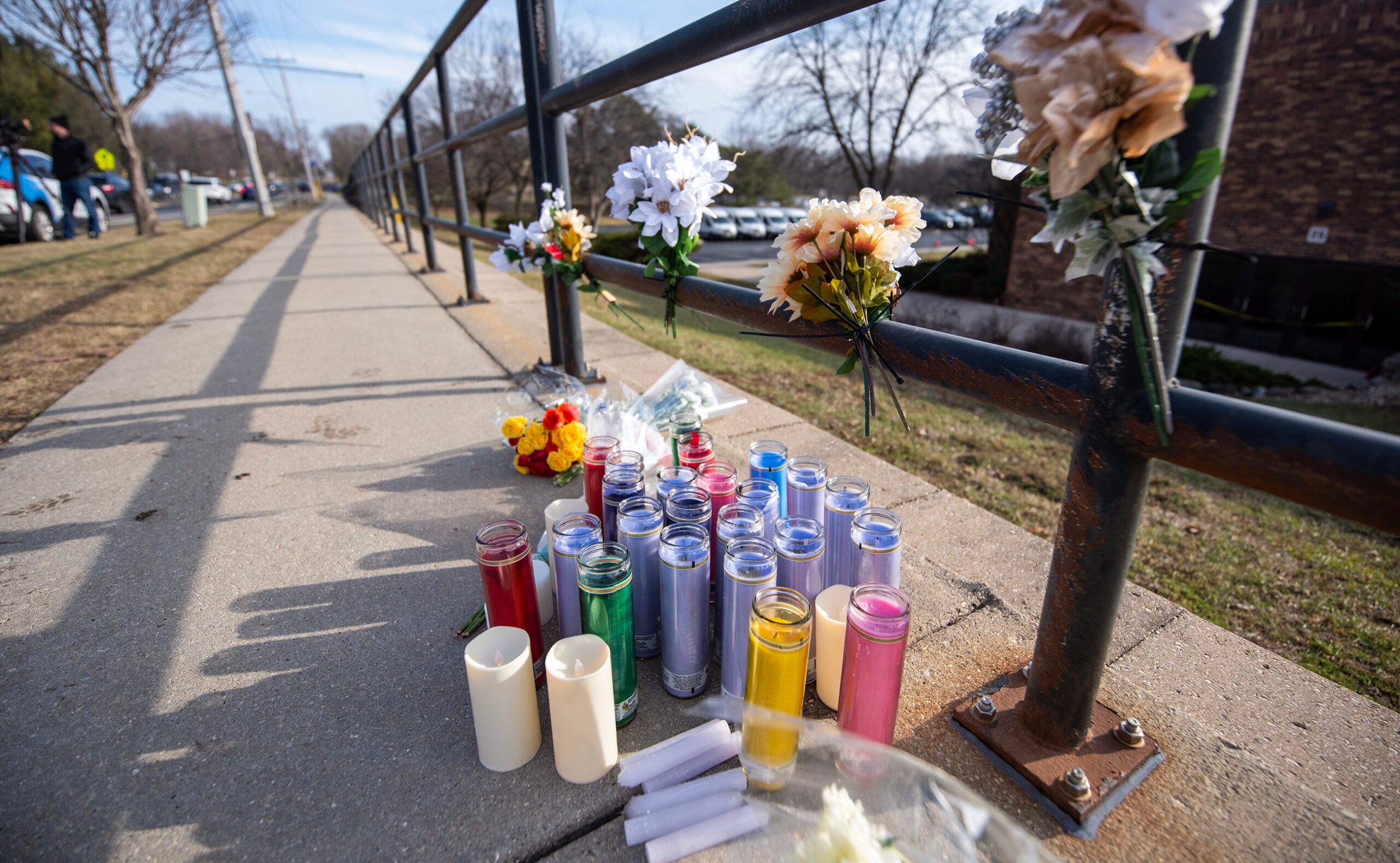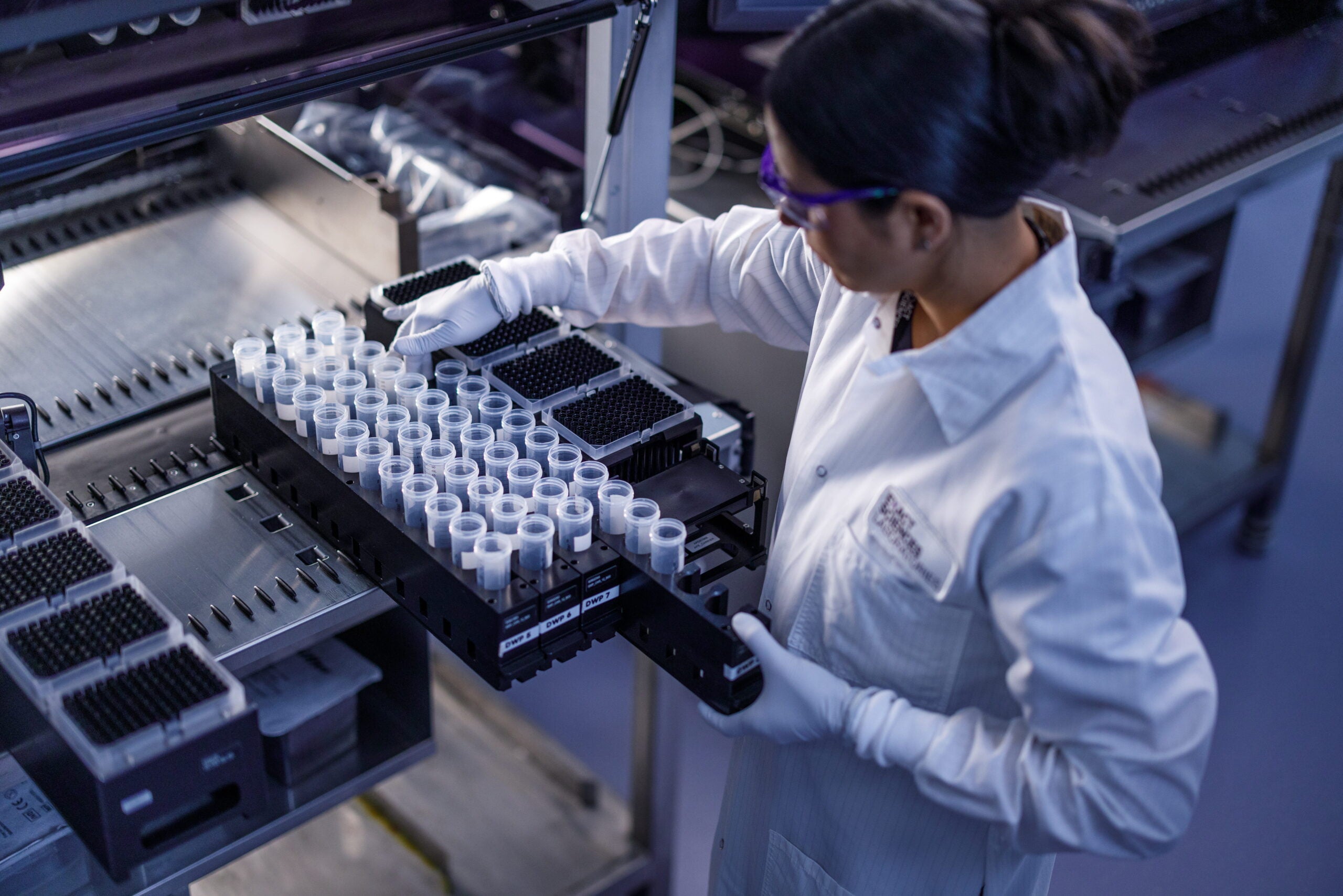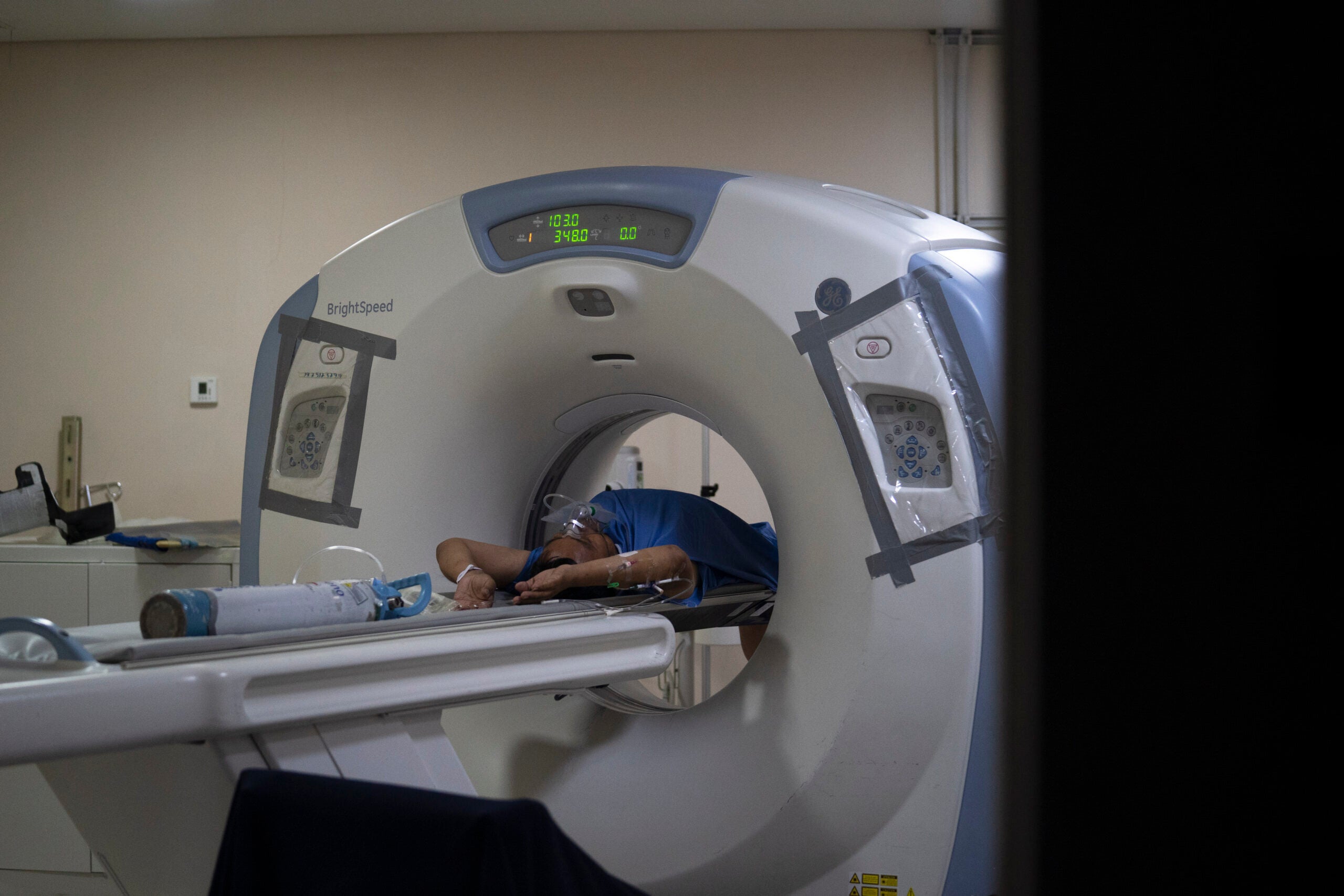Emergency medical services in Madison and the Milwaukee area have a new tool for preventing deaths from severe blood loss.
Milwaukee County’s ambulance system and UW Health’s Med Flight are adding whole blood transfusions as part of their pre-hospital care.
It’s a tool that’s rarely used by first responders in the United States. An estimated 1 percent of EMS agencies currently carry blood, according to leaders of the American College of Surgeons.
News with a little more humanity
WPR’s “Wisconsin Today” newsletter keeps you connected to the state you love without feeling overwhelmed. No paywall. No agenda. No corporate filter.
But Dr. Ben Weston, chief medical officer for Milwaukee County’s Office of Emergency Management, said recent studies have shown that getting blood to a trauma patient as soon as possible has an impact on their health outcomes.
“For every one-minute delay of a patient getting blood, there’s a 2 percent increase in death when they have these critical traumatic injuries,” Weston said. “By getting blood to that patient a little bit earlier, even if it’s just 15 minutes prior to arriving at the hospital, it can make a big difference.”
Most ambulance crews give patients with severe blood loss saline in order to keep their blood pressure up, Weston said. But the treatment does not help oxygen circulate within the body.
Providers on air ambulances are usually able to give blood components like red blood cells and plasma. But Dr. Ryan Newberry, assistant professor of emergency medicine at UW Health, said research shows that someone who is bleeding to death needs all of the components in blood.
“(Whole blood) can help temporize or slow bleeding, especially if we can give it in that first hour after your injury,” said Newberry, who is also assistant medical director of UW Health’s Med Flight. “That allows us to have a little more time to get you from wherever that injury occurred, the side of the road, a back field, a community emergency department, and get you to a trauma center.”
Newberry said the benefits of whole blood were first discovered by the military and have become a part of civilian trauma care in the last five to six years.
He said UW Health’s Med Flight helicopters were already equipped to carry whole blood, and crews began using the treatment in October. He said the first patient to receive a blood transfusion was an adult male who had been shot in the abdomen and was experiencing hemorrhagic shock, a condition caused by severe blood loss.
“When they arrived to the trauma center about 30 minutes later, the vital signs had stabilized,” he said. “This person still needed to go to the operating room and have care. But the fact that we were able to start this level of resuscitation at the scene … when we got to the trauma center, things went much faster.”
Weston said Milwaukee County is the first 911 service in Wisconsin to provide blood transfusions and is one of the first fire department-based systems in the nation to adopt the treatment.
First responders at the Greendale, North Shore and Wauwatosa fire departments have already started carrying blood. The Milwaukee and South Milwaukee departments will add transfusions in the coming weeks, according to Weston. He estimates at least 100 patients per year in Milwaukee County could benefit from the service.
Wauwatosa Fire Chief James Case said his staff had to complete a few hours of additional training on how to operate the new equipment and administer a transfusion. The blood is kept in a special unit that is temperature-monitored.
Case said one of the biggest pieces of the new program is making sure no blood is wasted by expiring before it can be used.
“We hear a lot about blood shortages throughout the nation and in our region,” Case said. “We want to make sure that it either gets used by us in the ambulance or that it gets returned to where it can be used in the hospital.”
He said an ambulance will carry a blood unit for about two weeks before it’s returned for immediate use in a hospital.
The limited availability of blood is one of the biggest factors slowing more widespread adoption of whole blood, according to Newberry. He said fewer people are giving blood in the U.S. at the same time that the need for blood products has grown.
“Until the day comes that we figure out how to synthesize this fluid in a lab and mass produce it … it is going to rely on people like yourself and myself and the average person walking around to be donors,” Newberry said.
Wisconsin Public Radio, © Copyright 2025, Board of Regents of the University of Wisconsin System and Wisconsin Educational Communications Board.

